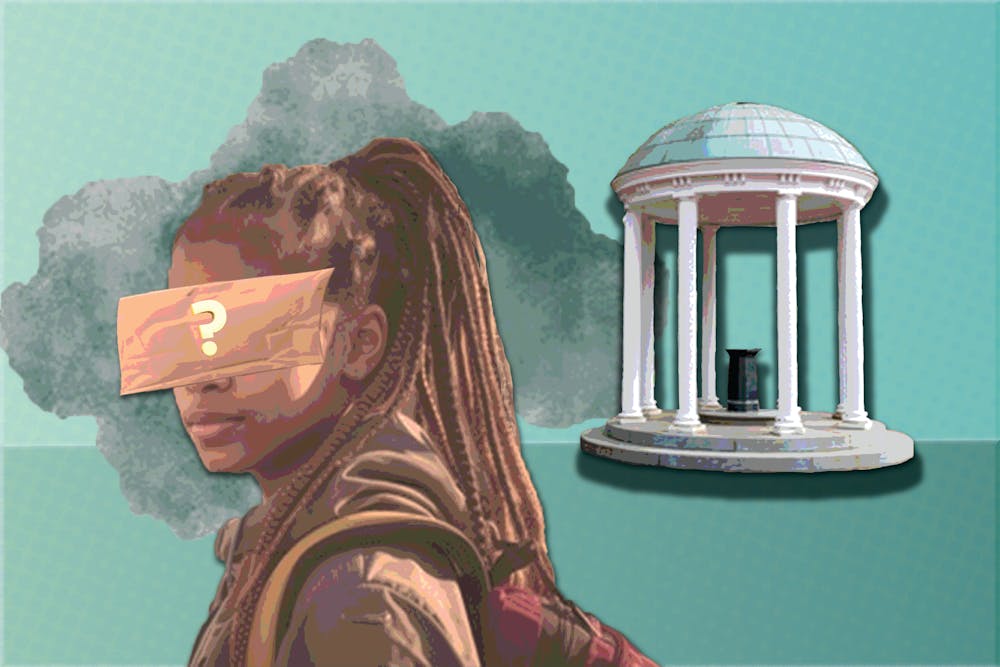I’ve been told that being multiracial means experiencing the best of both worlds.
People might envision a harmonious mixture of two cultures, languages and long-established traditions. While this image is partially true, and I’ve been fortunate enough to be exposed to both sides of my heritage, the reality is a strange, nuanced middle ground where it’s difficult to assimilate into one community.
Ever since I was aware of my racial identity, I’ve struggled with the feeling of never completely belonging to either the white or Filipino half of my ethnic background. I’m a second-generation child, so I was not raised in a strictly Filipino household. The few words I know in Tagalog wouldn’t get me far, a fact that study abroad students can attest to.
In high school, I grew accustomed to forming friendships with those of the predominant demographic, which happened to be white. Still, I faced various microaggressions and stereotypes that many Asians are subject to. At the same time, I was once told by a classmate that I didn’t count as a person of color. It seemed as though I had to choose to embrace only one half of my heritage since my peers were prompt to invalidate the other.
A significant shift occurred when I came to UNC because I could interact with more Filipino Americans and learn about that side of my culture; however, in the beginning I was unable to relate fully to their experiences. Amid vibrant conversations in Tagalog, all I can do is awkwardly nod along.
I started to slightly adapt my demeanor for different companies, similar to a chameleon. I didn’t want to be seen as a watered-down version of either culture. I wanted to fit in.
I know I am not the only individual with these sentiments. Although only about 5% of UNC identifies with two or more races, this population is growing immensely in the U.S. It’s time to recognize this group’s prominence so its members can escape a lingering sense of otherness.
Fortunately, I’ve already seen progress in the language used to describe diverse backgrounds. In the past, I’ve had to choose between races in surveys; now, the choices are checkboxes or include a multiracial option. Nonetheless, we still need to extend this recognition to other mediums. When I referenced The Daily Tar Heel’s style guide to see how to properly address the word “multiracial” or “mixed race,” there wasn’t a corresponding section.
Then again, some multiracial people choose to identify as mono-racial, which is entirely acceptable as well. What’s not acceptable is for someone to assume that they know another person’s identity. Forced racial categorization only diminishes the validity of an individual’s self-identification.



